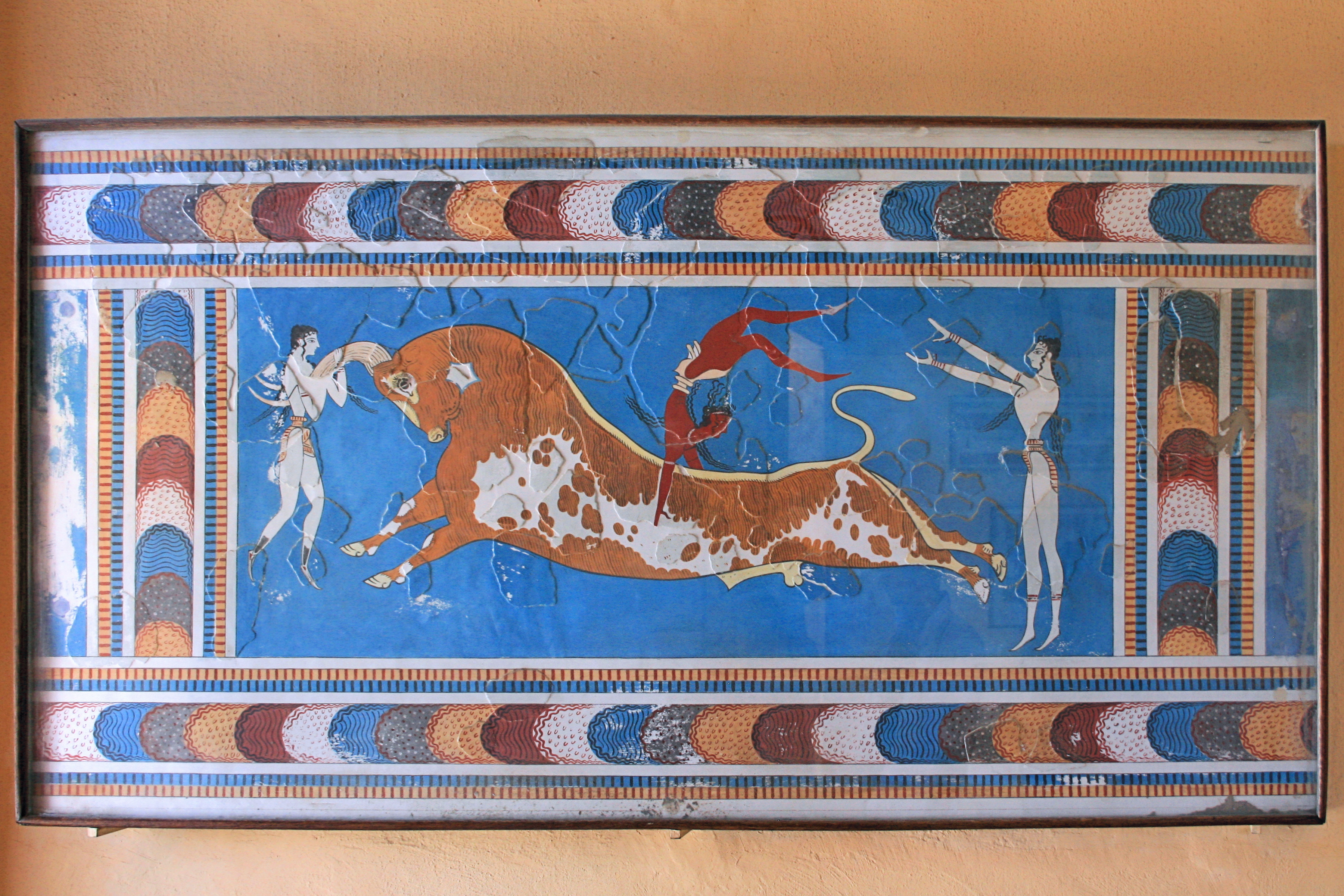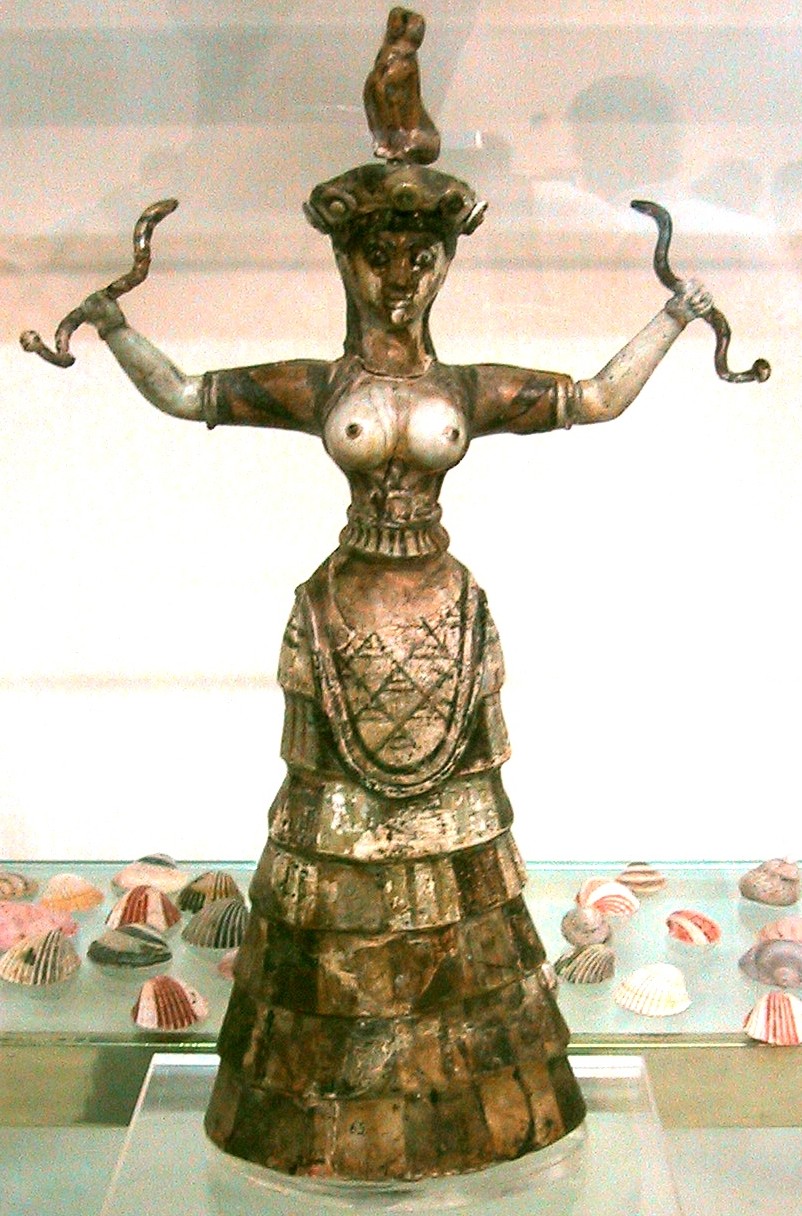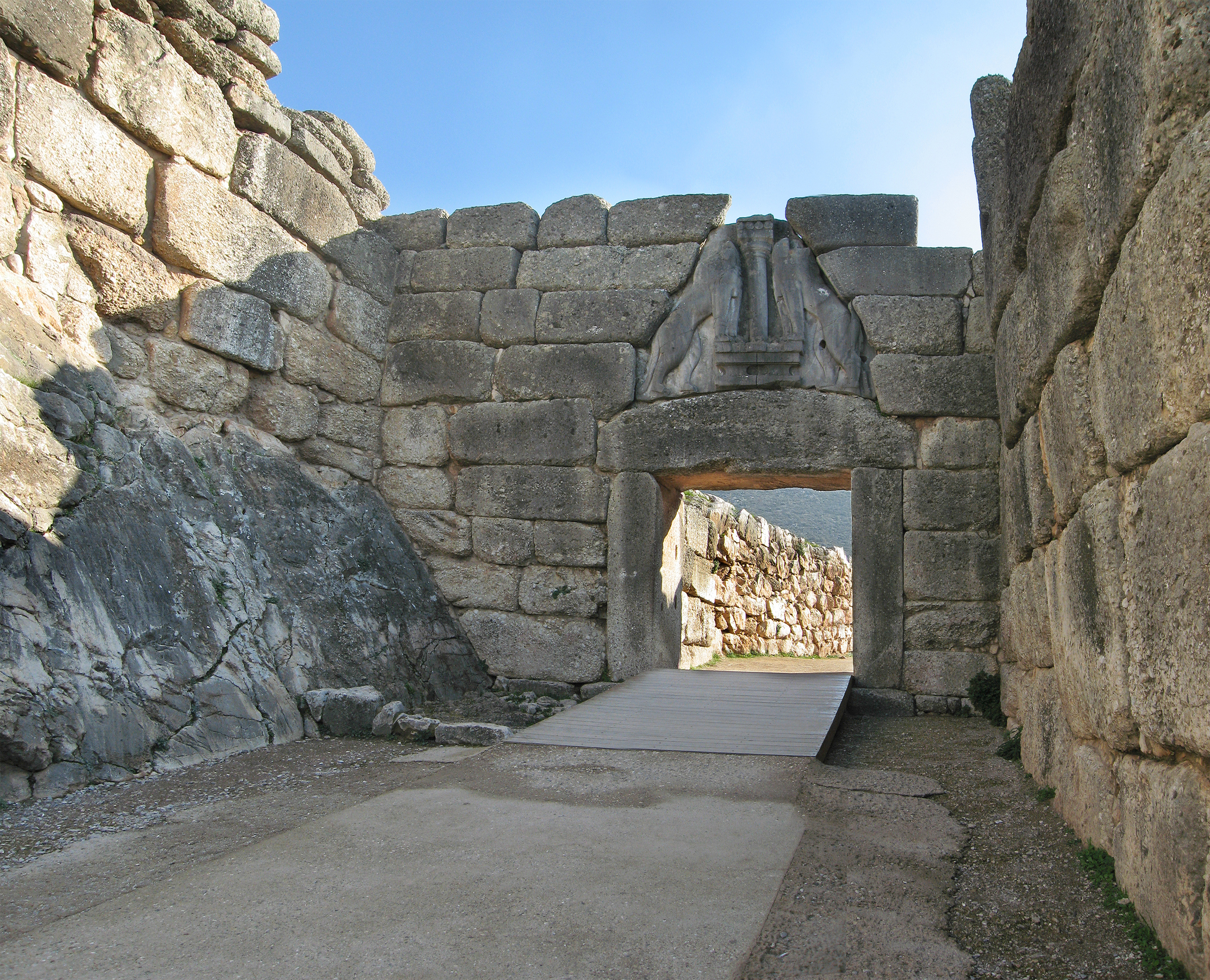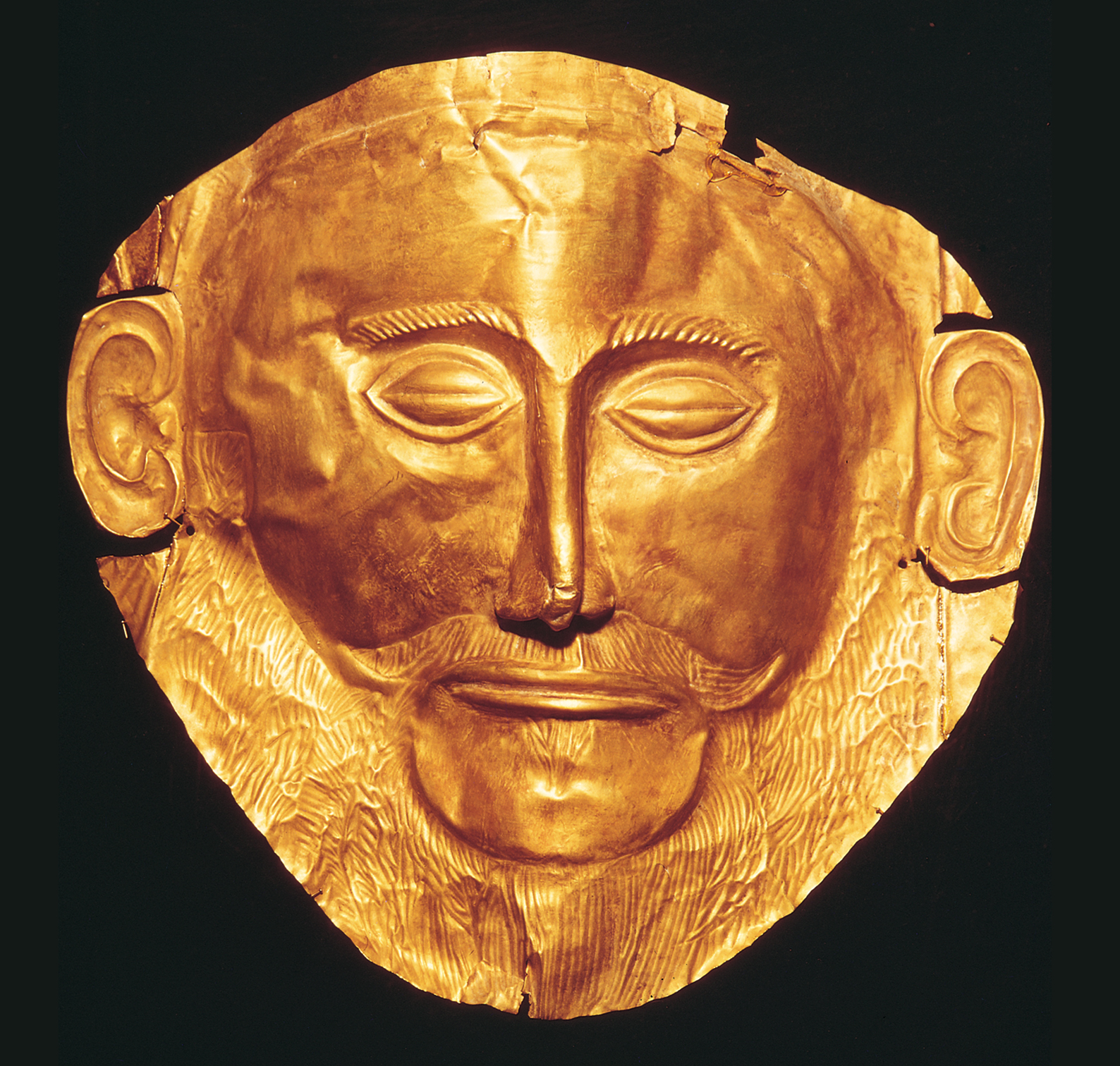Cards In This Set
| Front | Back |
 |
- figure of women- aegean: Cyclaidc- 2500BCE
|
 |
- Palace of knosses- Aegean: Minoan- ca. 1700-1400 BC
|
 |
- Torreador Fresco ( Bull leaping fresco)- Aegean: Minoan -ca. 1500bc
|
 |
- Spring fresco from thera ( landscape with flowers)- Aegean: minoan - 1650bc( must be before ca. 1650bc)
|
 |
- octopus vase- Aegean: Minoan- 1500 BC
|
 |
- snake goddess- aegean: Minoan - Ca. 1650 Bc
|
 |
- lion of mycenae- Aegean: mycenaen.1250 BCE ( the site in use between 1600-1200 BCE; the relif prob ca.1250)
|
 |
- Tresuary of atreus- Aegean: Myceanean- ca. 1300 BCE
|
 |
- Funerary Mask ( sometimes called the mask of agamemnon)- Ca.1500 BCE- Aegean: Mycenaean
|
 |
- dagger with lion hunt- Agean: mycenaen- ca. 1600-1550 BCE
|
|
The aegean sea lies between these two modern countries
|
- Greece and turkey
|
|
The centre of minoan culture seems to have been the island now called
|
Crete
|
|
The anceint greek historian thucydides descirbes the minonians as Thalassocracy, which means
|
- marine empire
|
|
The palace of knossos was the legendary home of this mythical king
|
Mines
|
|
The existence of so many minian palaces in crete might suggest
|
- the island was divided into many very small kingdoms
|



